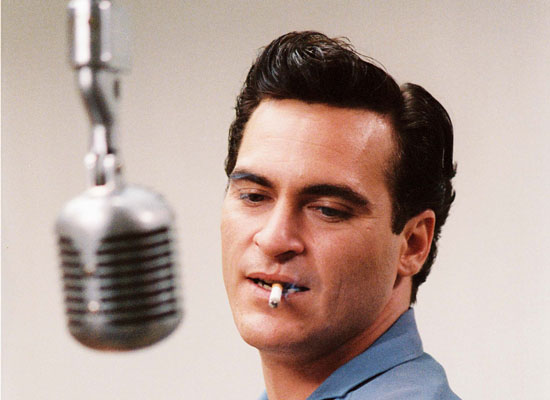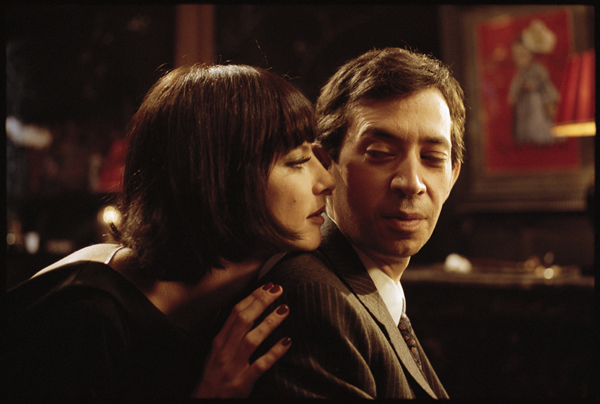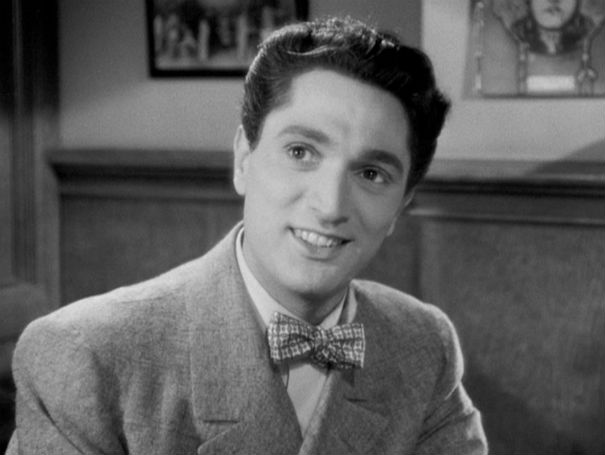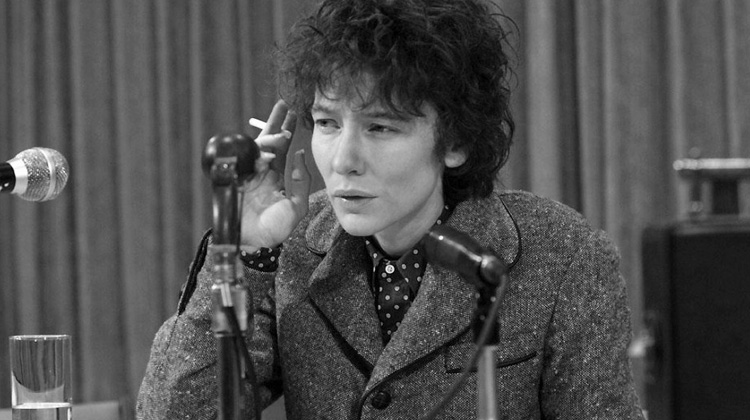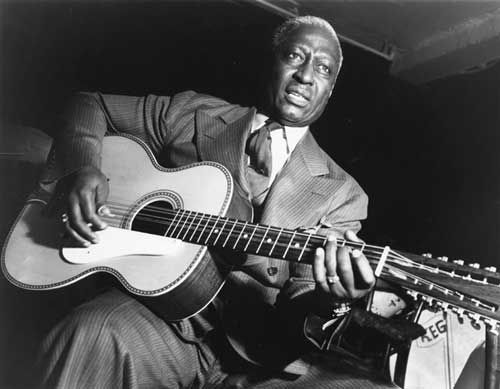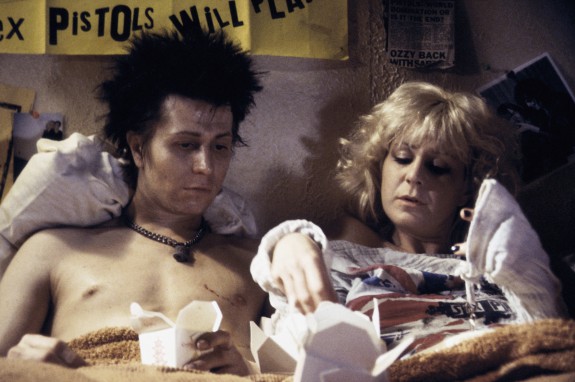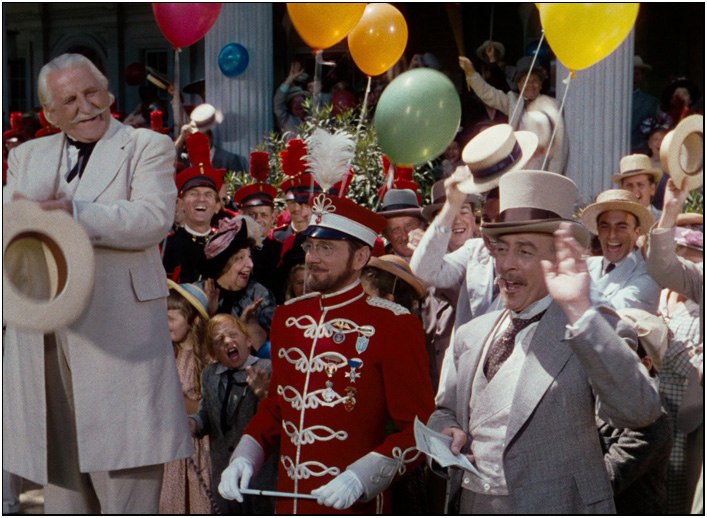Telling a story about success through a biographical account of someone famous and contextualizing influences on their work with a backstory can be a difficult task. Making films about distinguishing musicians is no exception, with their delicate personalities and powerful impact that complex mechanisms of show business have on them.
Combining visual with auditory in way of telling a compelling story about music and the people behind it, this kind of movies are kind of a hit or miss because they can easily fall flat when we see the actors trying to soullessly emulate the behavior and style of the person in question because we see someone who in the best case resembles that character, playing popular songs as similar to the original thing as they can.
It craves for something more, a spark of excellence that would spark the artist’s mythos. It could be a performance of the main actor, a new take on the story, or in fact anything out of the ordinary that’s made in a unique and satisfying way.
Although this kind of stories include different people, eras and music styles, they all have some basic similarities. They portray a charismatic individual that has a hard time dealing with his sudden fame and/or gets consumed by the pressure of the spotlight, or by resentment of how different a person they’ve become.
Usually the main protagonist is stubborn hotheaded l’art pour l’artiste unwilling to take any compromise in his work. It’s common that circumstances eventually force them in taking them when reality kicks in. There’s always some drama involved, concerning self-centerness or delusion. Themes of infidelity and guilt are common too, and there’s always a safe heaven found in bottle, , or dope.
This is a list of movies strictly based on true stories about real life musicians, a great deal of good films about musicians and bands aren’t included because they’re either about totally fictional characters, or just loosely based on existing people. Documentaries are excluded too.
15. Gainsbourg: A Heroic Life (Joann Sfar, 2010)
Concentrating on the charisma of the composer-singer, an icon of the twentieth century not only for France, but to whole Europe, this work of Joann Sfar is based on the most notable points of Gainsbourg’s life. It’s a work of flashy colors; of ambiances which change repeatedly with the passage of time, and the ups and downs of Serge’s long career.
At the end, having all things considered, we realize not only the progress of his character, but as well the rapid cultural changes in mid-20th century France. This is a film that speaks frankly about the ultimate squandering of Serge Gainsbourg’s talents in an alcohol-induced decline, but at the same time shows the monumental influence that he had on French pop-culture.
The movie precisely brings out the smoky ambience of jazz clubs and gigs where Serge first exercised his musicality in the 1950s. The phases of his life, from a young Jewish boy in occupied France, through his turbulent life and personal entanglements with beautiful women such as Brigitte Bardot and Jane Birkin in the 1960s, are defined by his provocative personality and his sheer coolness.
14. Rhapsody in Blue (Irving Rapper, 1945)
The “Gershwin Years” were very electric times, and the life story of George, and his brother Ira, are well depicted in this unforgettable classic. Tackling this subject was a challenging one, and it manages to uncover the composer’s enthusiasm for his art, his trials and his successes.
Robert Alda is an outstanding choice for George; others making fine contributions are Oscar Levant and Alexis Smith. A fair number of great artists, many playing themselves round out an impressive all-star cast. A wonderful selection of Gershwin’s works is displayed, some in near-complete versions.
This is one of the most absorbing of classical composer bios that ever found its way to the big screen. It is an elaborate story of the life and work of one of American’s great composers. With a complete narrative, a great cast and fantastic music, it makes a stunning biopic. It’s simple and straightforward, and while it might not be 100% accurate, it still makes for an enjoyable view of a legend behind some of the best American popular music of all time.
13. I’m Not There (Todd Haynes, 2007)
In a pretty extraordinary biopic, six actors play different incarnations of Bob Dylan – some fabricated figures, others relatively accurate biographical portraits, others a blend of myth, hearsay and extravagant assumption.
The simple point to all of this is that the film’s director recognizes Dylan as such complex a public persona that it would be diminishing to lessen him to a single performance. Therefore, he came up with an innovative multi-casting solution to a perplexing problem. None of the presented figures have the name Bob Dylan; “Bob Dylan” isn’t mentioned once in the film.
The movie is essentialy made of seven distinct short films interlaced, each one representing a different stage of Dylan’s life. The film is very creative in ways of manipulating time and characters, and it’s mesmerizing and engaging trying to pick out real events and quotes from those that were based on legend and stories.
One really doesn’t need to be a Dylan freak to “get” this film. You just have to welcome the multi-layered storytelling and like some of the most influential music of the 20th century. It’s great in its uniqueness and a pure joy to behold.
12. Leadbelly (Gordon Parks, 1976)
Truly remarkable performance by Roger Mosely as Leadbelly; a man of great controversy who killed at least two men, spent a long time on Texas chain gangs, rode the rails, and played guitar.
The film is a journey back in time showing the suffering, agony and grimness imposed on the people of African American ethnicity, and the music that evolved from that suffering. It’s true to life and successful in capturing a great deal of attention from start to finish, taking the observer right into Leadbelly’s world – One overflowing with hard times, but with the best of American blues roots music too.
Director Parks doesn’t quite carry off the feeling of how alien the old segregated South was, and the movie’s pacing is a bit too rigid, systematically showing events no matter how relevant one is to another, rather than shaping Leadbelly’s story to make an elaborate experience.
Nevertheless, it’s a powerful biography and an inspiringly atmospheric piece, full of the air and vibe of blues legend’s life and times. It boasts some wonderful cinematography with washed-out colors, suggesting heat and years of sun; Leadbelly is a classic, and a must-see for any blues fan.
11. Sid and Nancy (Alex Cox, 1986)
Probably the most infamous musical couple that ever lived got their biopic in the mid 80’s, while punk movement was still fresh in the hearts and minds of young rebels. The time in which the film was made is a key factor in appreciating it.
It was, in the UK at any rate, a time when the welfare state that had been so carefully put into place began to be systematically unfold, a land where the concept of community was discredited, in which individualism was lauded, where any sense of social association was being abandoned, and the search for it becoming a joke.
Sid and Nancy keeps a faithfully close track of the stories of the distasteful and scandalous adventures of the pair as we get to witness the violent episodes between the two, Sid’s infamous flesh mutilating acts and the well-known Chelsea Hotel room fire started by the two, which is beautifully intertwined with renowned Sex Pistols concerts.
It’s good at telling a story about a slow deterioration and collapse of a certain culture and character, right up to the unfortunate passing of Nancy Spungen and Sid’s arrest in New York.
10. Nowhere Boy (Sam Taylor-Johnson, 2009)
The movie chronicles the early years of John Lennon’s musicianship. Having been brought up by his aunt, John’s world is turned upside when his mother re-emerges in his life, ripping him open and pulling out his artistry as well as suffering and frustration.
Don’t expect to hear any Beatles classics because Lennon still hasn’t found his line yet in the story, that concludes just about the time the band was going to head to Hamburg. Instead, there are a lot more other gems that get their air time here that you’d find yourself humming and tapping your feet to, and describe the era that once was, before Beatlemania swept the world with its trademark sound to define a new generation.
And who would have thought, as the film suggested, that John will be influenced by Elvis Presley because his passion got aroused when a crowd of female admirers packed in a theatre were collapsing and openly gushing their adoration for him.
Nowhere Boy is not really a masterpiece or a brilliant work of cinematography, but it’s a very good movie, not pretentious for what it is, very sincere, enchanting that inspires the viewer to discover something more about John Lenon’s adolescent life and influences.
9. Stars and Stripes Forever (Henry Koster, 1952)
John Philip Sousa was not only America’s “March King,” he was an able coordinator and entertainer who also orchestrated a lot of music now completely unknown to most Americans. His life spanned the age of a bright, cheerful America, and his work mirrors merry ambience of his time.
Sousa took a great advantage of the new world of recording and he can be heard on different mediums in his later years conducting his renowned quasi-military band. The film is stylish and pretty, every frame vividly coming to life with ultra bright Technicolor. There is one gloomy portion where the war affects all the main characters, but on the whole the movie is a cheery journey that leaves you in a buoyant upbeat mood at its conclusion.
Of course, this isn’t a perfect film by a long shot. The whole Wagner role is pure fiction, but it made the film more enjoyable for the younger audience of today and added some magic to the film. It’s not all that historically accurate, but boy is it pretty!
